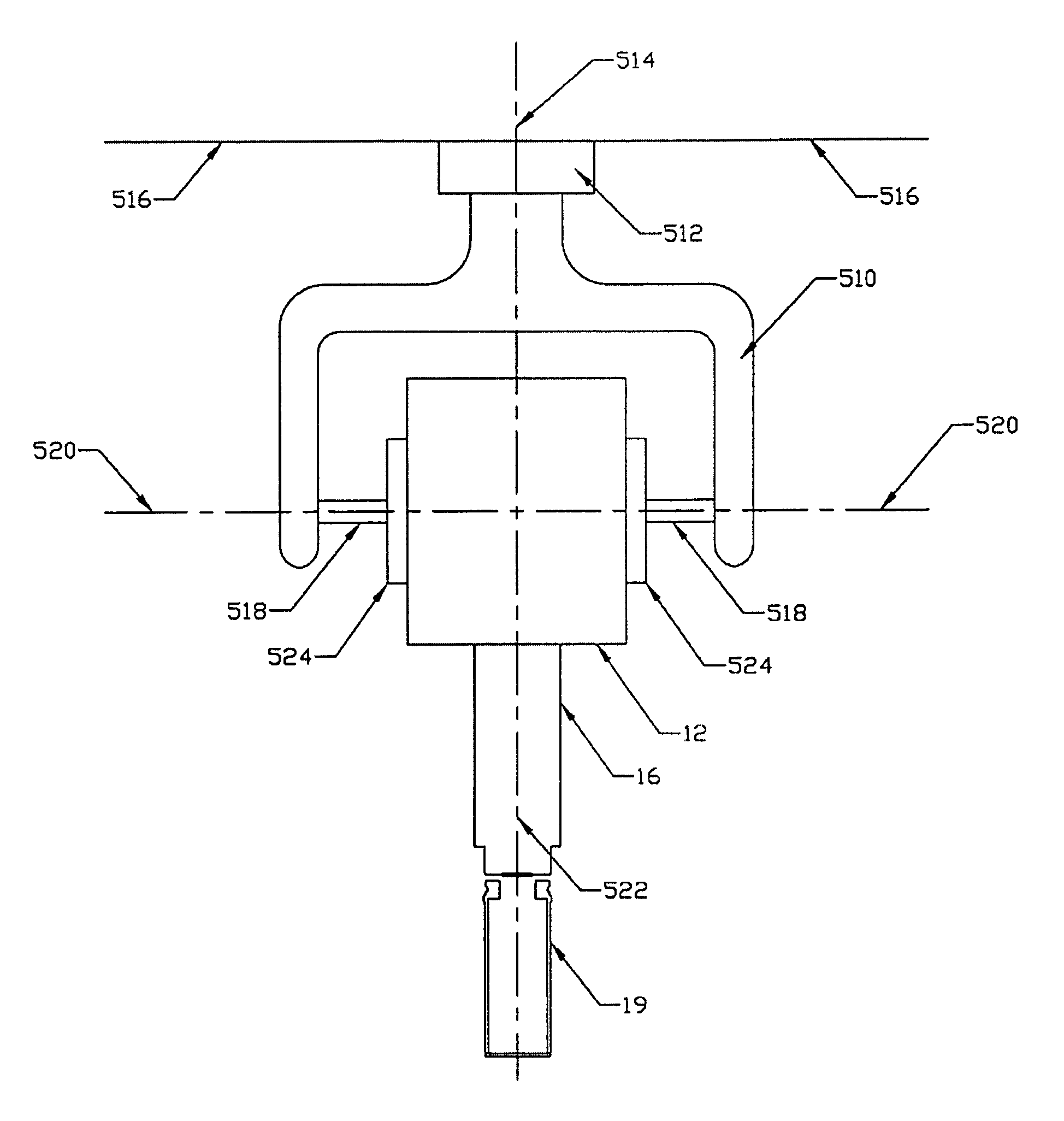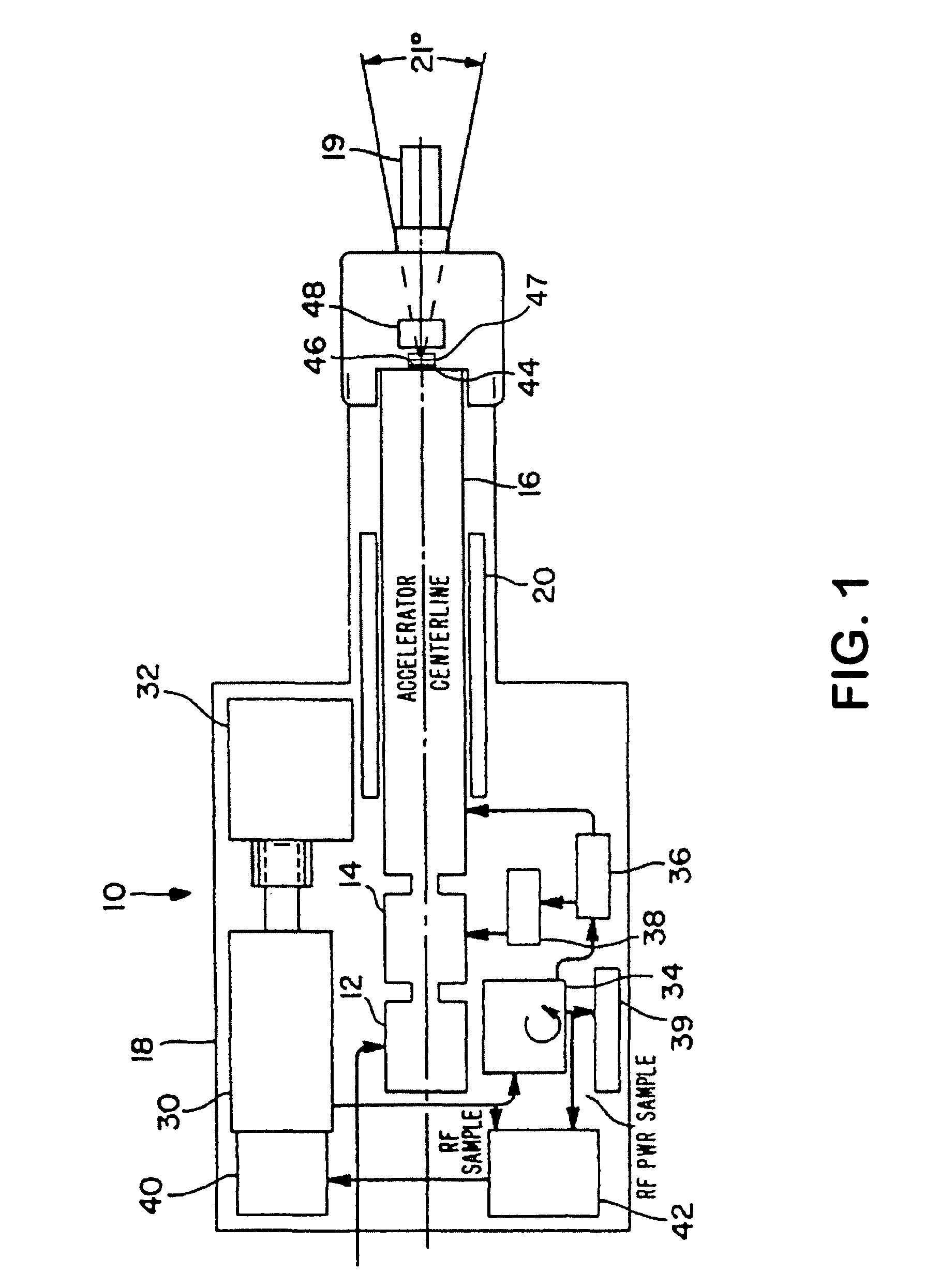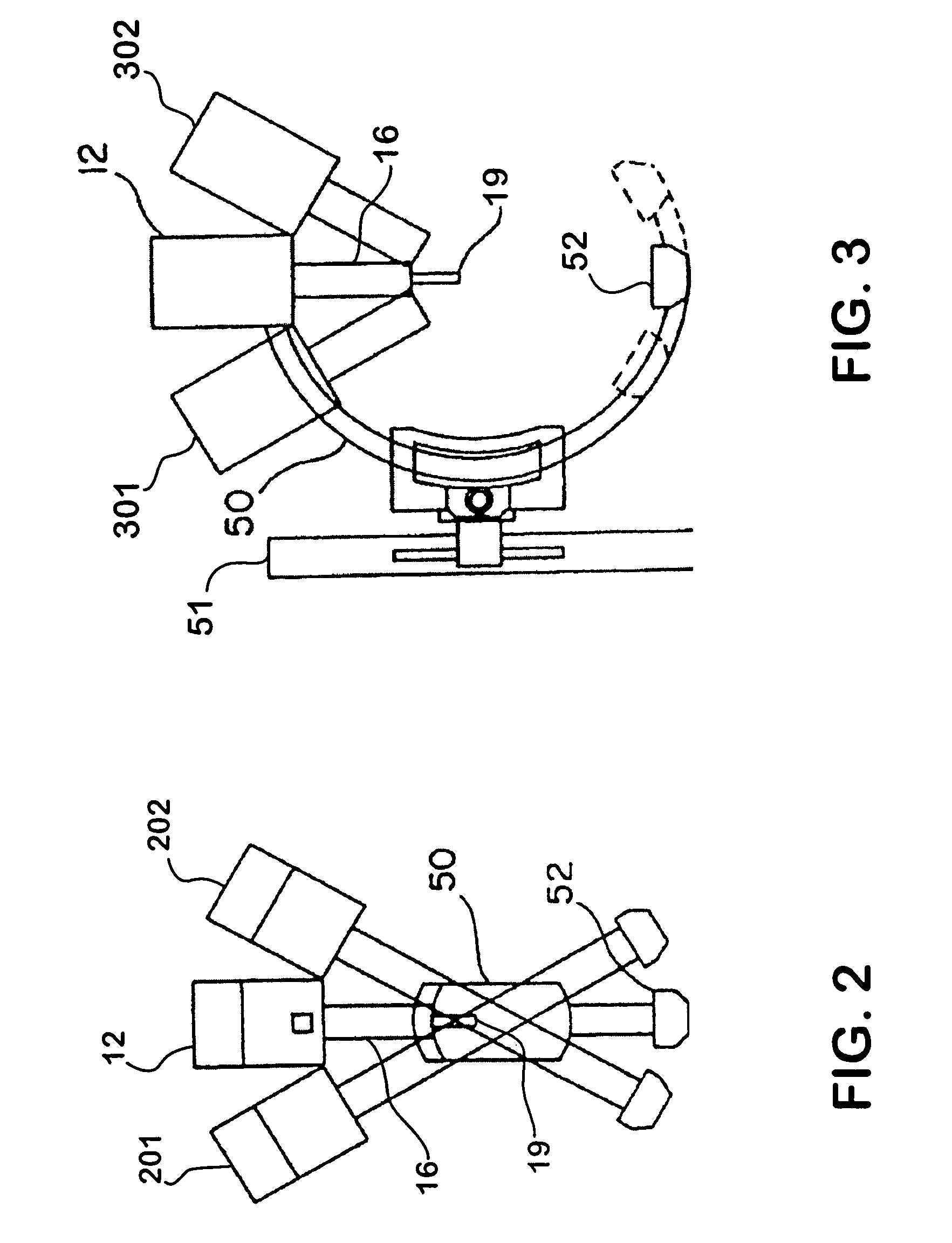Method and system for electron beam applications
a technology of electron beam and electron beam, applied in the field of electron beam application, can solve the problems of causing significant stray radiation, delay in healing and infection, and bending magnet system being unsuitable for use in unshielded or substantially unshielded environments, and achieve the effect of eliminating the need for scarring surgery
- Summary
- Abstract
- Description
- Claims
- Application Information
AI Technical Summary
Benefits of technology
Problems solved by technology
Method used
Image
Examples
Embodiment Construction
[0033]A detailed description of preferred embodiments of the invention may be found below. Such embodiments are exemplary, and one skilled in the art will recognize that that it may be possible to practice the methods and build the systems of the present invention without strict adherence to the embodiments described herein.
[0034]A number of interrelated design elements should be considered when placing a multienergy electron accelerator into an unshielded environment to treat skin cancer or invasive cancer, provide cosmetic results, or provide diagnostic doses with electrons. These design elements include:[0035]1) Providing sufficient electron beam energies to meet various penetration and dosage requirements;[0036]2) Providing means for mounting and moving the accelerator head such that the head may be positioned properly to irradiate the area to be irradiated (e.g., treatment area on a patient);[0037]3) Providing means to shield for the primary x-rays and scatter radiation that ar...
PUM
 Login to View More
Login to View More Abstract
Description
Claims
Application Information
 Login to View More
Login to View More - R&D
- Intellectual Property
- Life Sciences
- Materials
- Tech Scout
- Unparalleled Data Quality
- Higher Quality Content
- 60% Fewer Hallucinations
Browse by: Latest US Patents, China's latest patents, Technical Efficacy Thesaurus, Application Domain, Technology Topic, Popular Technical Reports.
© 2025 PatSnap. All rights reserved.Legal|Privacy policy|Modern Slavery Act Transparency Statement|Sitemap|About US| Contact US: help@patsnap.com



